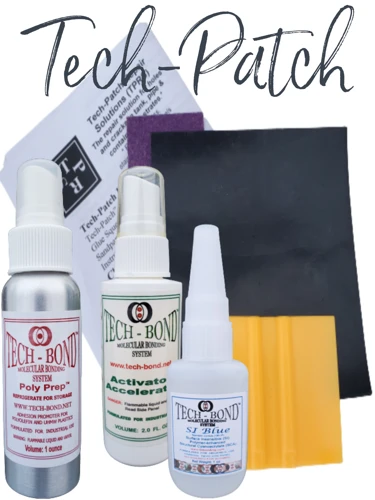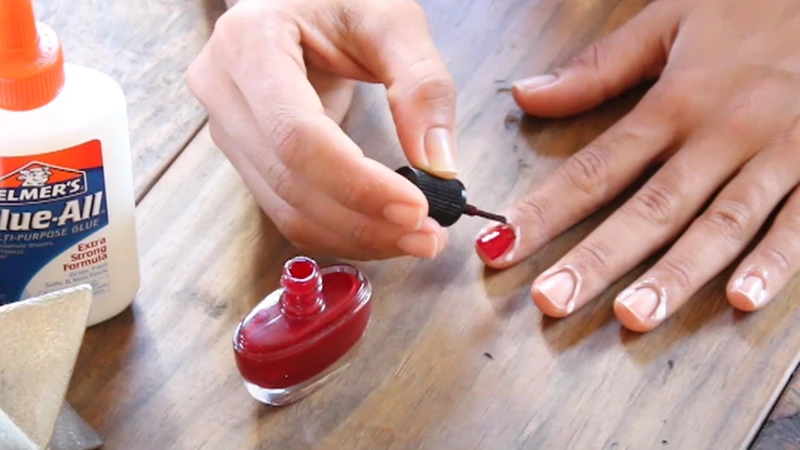For beauty enthusiasts and professionals alike, maintaining the quality of nail glue is essential for ensuring a flawless application. Proper upkeep not only guarantees an easy and efficient use but also prolongs the shelf life of the product. In this comprehensive guide, we’ll explore how to address and prevent common issues such as how to unclog nail glue bottle and ensure your nail adhesive remains in top condition.
Understanding Nail Glue Composition
Nail glue, typically composed of cyanoacrylate, is a powerful adhesive designed for bonding artificial nails and repairing natural nails. Its strength and quick-drying nature, however, can lead to clogged bottles and hardened residue if not handled correctly. By delving into the properties of nail glue, we can better navigate the challenges of maintenance.
Nail Glue Bottle Care Tips
Regular care is crucial for the longevity of your nail glue bottle. To avoid common issues, always wipe the nozzle after use, close the cap tightly to prevent air exposure, and store the bottle upright in a cool, dry place. These simple habits can make a significant difference in the functionality of your nail glue.
Unclog Nail Glue Bottle
Encountering a clogged nail glue bottle can be frustrating, especially when you’re in the midst of a manicure. Fortunately, there are effective ways to address this issue without resorting to purchasing a new bottle.
DIY Nail Glue Removal Techniques
When it comes to DIY nail glue removal, several household items can come to the rescue. One popular method involves using a pin or needle to gently dislodge the dried glue from the nozzle. Alternatively, soaking the cap in warm, soapy water can help dissolve the clog, making it easier to remove.
Nail Glue Solvent Options
If the DIY methods don’t work, consider using a nail glue solvent. Acetone is a potent solvent that can break down cyanoacrylate. By applying a small amount to the affected area, you can dissolve the glue and clear the blockage. Be sure to handle solvents with care, using them in a well-ventilated area and wearing gloves to protect your skin.
Remove Nail Glue from Bottle
In some cases, the glue may harden not just at the nozzle but inside the bottle as well. This section will guide you on how to tackle this more challenging scenario.
Softening Hardened Nail Glue
To soften hardened nail glue within the bottle, you can try submerging the bottle in a bowl of hot water for several minutes. The heat will help soften the glue, making it easier to work with. Ensure the cap is securely fastened to prevent water from entering the bottle.
Nail Adhesive Unsticking Methods
Once the glue has softened, you can attempt to remove it from the bottle by using a small tool like tweezers or a toothpick. Be patient and work carefully to avoid damaging the bottle or causing spills. If the glue remains stubborn, reapplying heat or using a solvent may be necessary.
Prevent Nail Glue Drying Out
Prevention is key when it comes to nail glue maintenance. By taking proactive steps, you can extend the life of your glue and avoid the hassle of removing clogs and hardened residue.
Proper Storage Practices
To prevent nail glue drying out, it’s essential to store it correctly. Keep the bottle in an upright position in a cool, dry environment away from direct sunlight and heat sources. This will help maintain the viscosity of the glue and prevent premature drying.
Nail Glue Application Tips
Applying nail glue carefully can also help prevent clogs. Use only the amount needed, avoid getting glue on the threads of the bottle, and clean the nozzle after each use. These nail glue application tips will ensure a smooth flow for future uses and contribute to the overall care of the product.
Fix Stuck Nail Glue Bottle
If you’re faced with a fix stuck nail glue bottle situation, there’s no need to panic. With the right approach, you can get your bottle functioning again in no time.
Step-by-Step Guidance
First, try gently twisting the cap to see if it loosens. If not, wrap a rubber band around the cap for better grip and attempt to open it again. Should this fail, apply a cloth soaked in hot water to the cap for a few minutes to help dissolve any glue sealing it shut. As a last resort, use pliers to carefully turn the cap, taking care not to break the bottle.
Conclusion and Final Thoughts
Maintaining your nail glue and ensuring its accessibility for each manicure session is integral to a seamless nail care routine. With the right knowledge and techniques, you can easily manage and extend the life of your nail products.
Summary of Nail Glue Maintenance
In summary, understanding the composition of nail glue and implementing routine bottle care can significantly reduce instances of clogging and drying out. When issues do arise, DIY nail glue removal methods and the use of solvents can unclog nail glue bottle effectively. Moreover, proper storage and application practices serve as preventative measures against future problems.
If you’ve had a mishap with nail glue and are looking for solutions on how to tackle the sticky situation, our blog has got you covered. For those dealing with spills on home fixtures, find out the best methods in our guide on how to get nail glue off a sink. If you’re struggling with glue on other surfaces, such as plastic, our tips on how to get nail glue off of plastic could be just what you need. And for those who have accidentally gotten glue on their favorite water bottle, check out our article on how to get glue off a water bottle to restore it to its former condition.
Future Considerations for Nail Glue Use
As you continue to enjoy your nail art endeavors, remember that the longevity of your nail glue is largely dependent on how well you care for it. Embracing the tips and tricks outlined in this article will aid in keeping your nail glue ready for its next application, ensuring that your manicure creations remain flawless and enduring.



